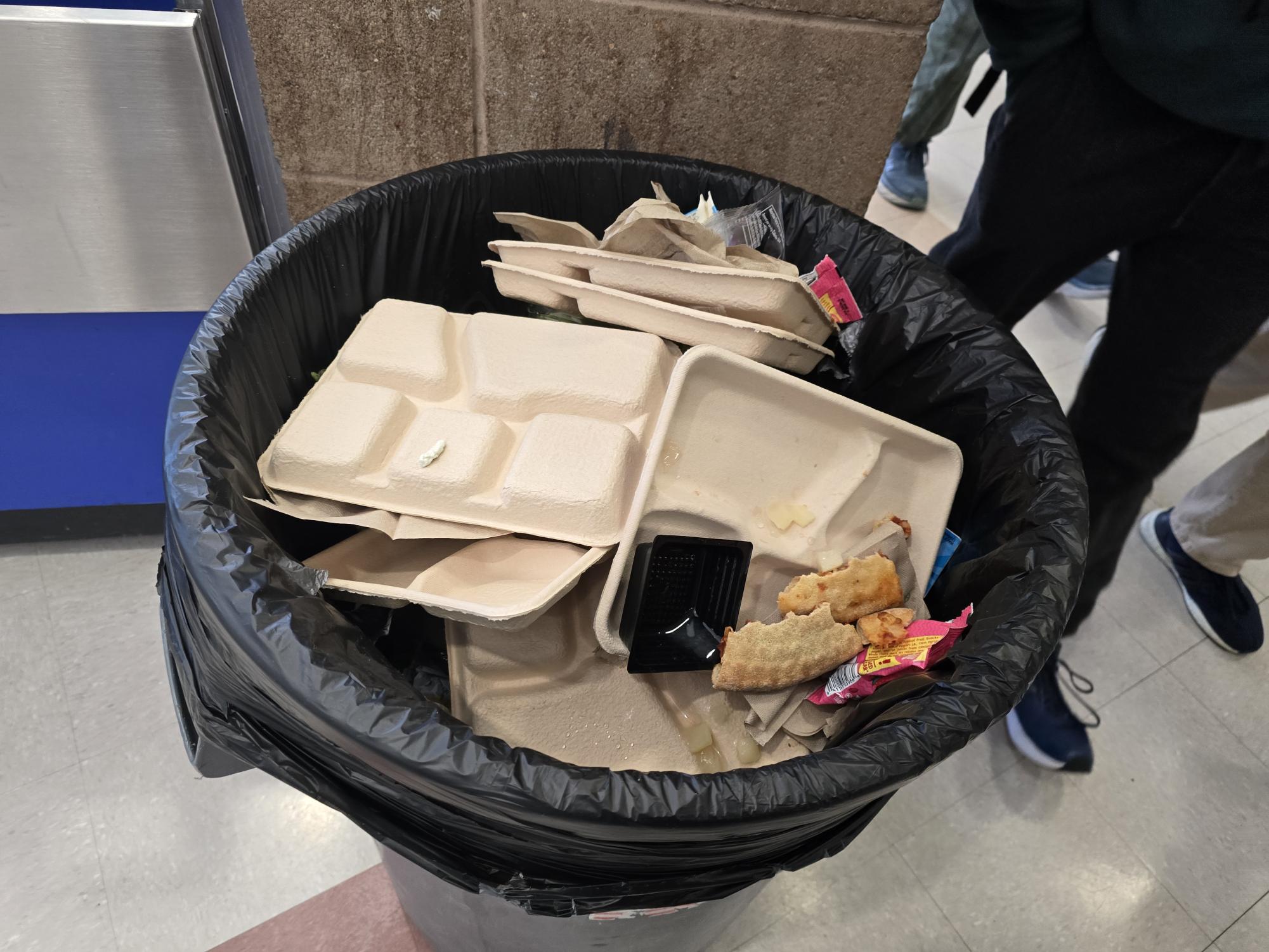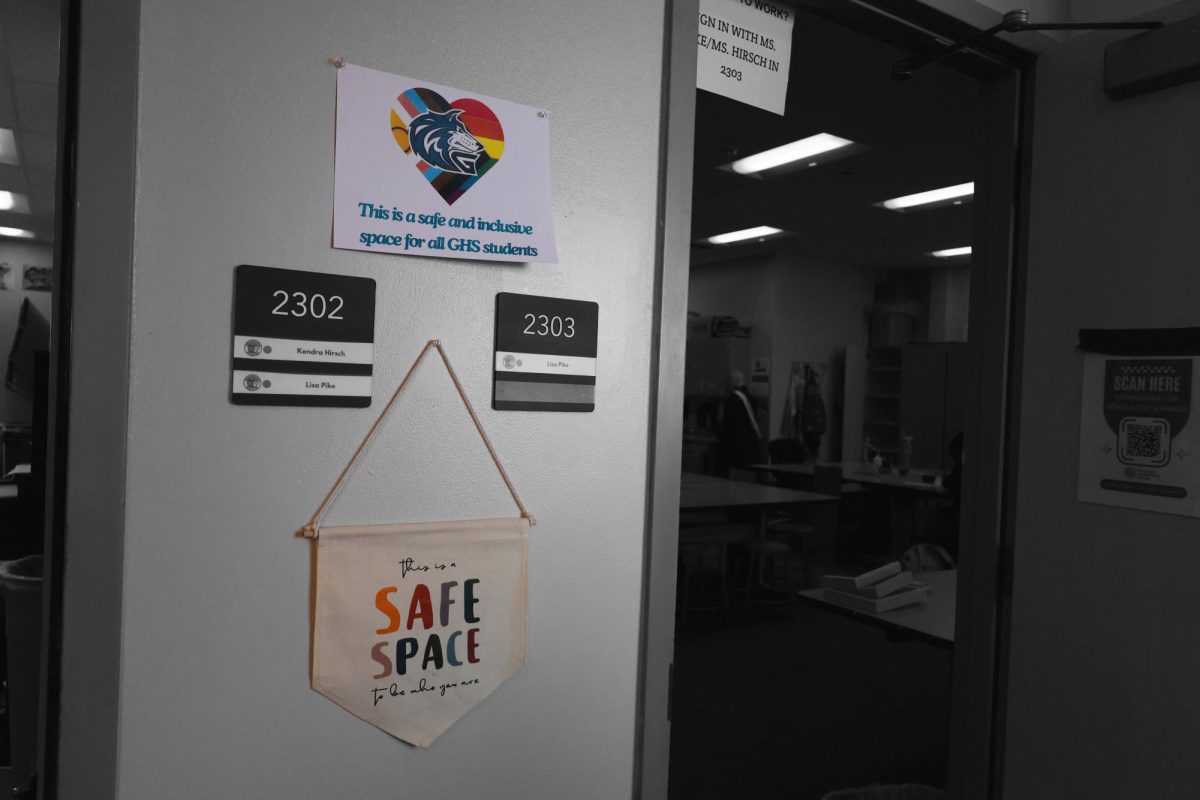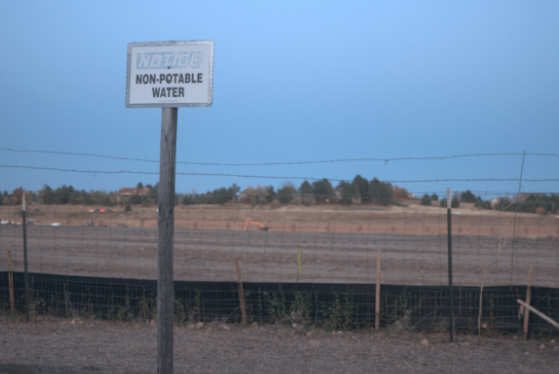Every day we get our lunch at the school cafeteria. The lunches have the main dish, fruit or veggie, and drink. But, how much of our plate do we actually eat and how much does it go to waste?
From a study conducted in 2021 by Penn State, The United States wastes more food than any other developed country- with US students wasting between 27% to 53% of the food on their plates.
This new year, the Colorado legislature introduced a multitude of bills, such as House Bill HB25-1059 in order to address this issue.
The bill on the Colorado legislature website states, “The bill encourages each local education provider to adopt a policy to reduce food waste in school cafeterias and food preparation facilities.”
The current law already provides grants to local governments, schools, and businesses that partake in circular economy.
A circular economy is a model to reuse, recycle, and share products and materials as much as possible to reduce waste according to the European Union Parliament.
This bill will encourage schools to either compost or implement table share programs where uneaten food could be redistributed to students or local nonprofits.
With the Cherry Creek School District implementing policies such as providing free lunch whenever a student gets three items on their school lunches, it may increase
more waste since it motivates students to put more items on their plates.
According to WWF, students throughout the US waste around 530,000 tons of food every year in school cafeterias.
However, it is important to note that the WWF report is from 2019.
This is the equivalent of around 9.7 million dollars worth of food per day, or 1.7 billion dollars worth of food per year.
This is a staggering amount as this wasted food could have been donated to people in need, one of the main incentives of the bill.
To put it in perspective, the United States only donates 2% of the 91 million tons of edible food surplus generated per year, which comes to around 1.82 million tons of food according to ReFED.
Therefore, it would be greatly beneficial if the wasted food could be donated to the people in need in our local community. Overall, bills such as this are a step in the right direction to reduce general food waste in both Colorado and throughout the United States.










![A Vest Won’t Protect You [OPINION]](https://ghschronicle.com/wp-content/uploads/2025/09/KoltonZuckerVestPosterOffWhite.png)
![Executive Order: Ending Radical Indoctrination in K-12 Schooling [OPINION]](https://ghschronicle.com/wp-content/uploads/2025/04/Screenshot-2025-04-23-at-2.51.41 PM-1200x674.png)



